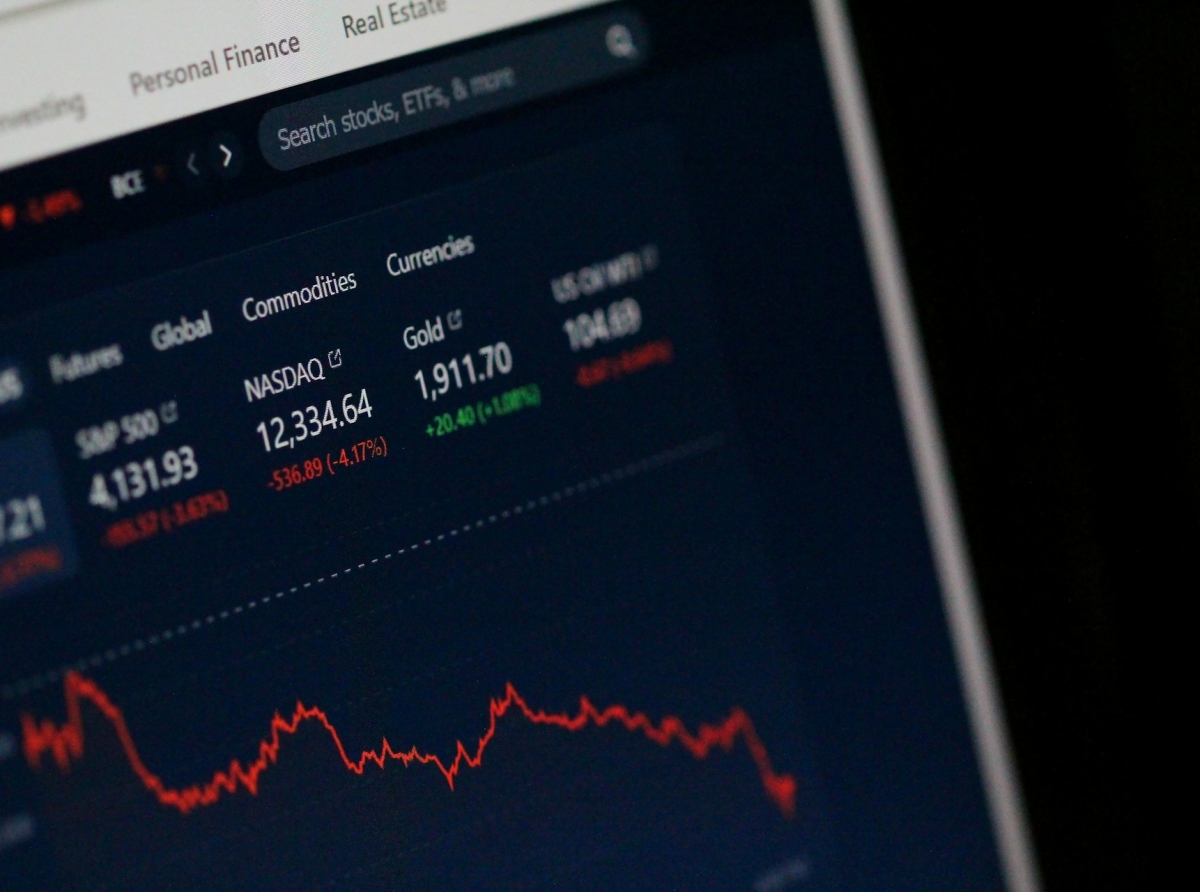Understanding Trading Patterns: How to Apply Them in Stock Exchange Trading

Understanding Trading Patterns: How to Apply Them in Stock Exchange Trading
Trading patterns are a foundational concept in technical analysis, which is used by traders to predict future market movements based on past price data. Essentially, trading patterns are distinct formations created by the fluctuation of stock prices on a chart. These patterns are identified by the shape they form and can signify continuity or reversal in the market trend.
In stock exchange trading, understanding these patterns is crucial as they provide valuable insights into market sentiment and potential price movements. By recognizing these formations early, traders can make informed decisions and align their strategies with the anticipated trends.
In stock exchange trading, understanding these patterns is crucial as they provide valuable insights into market sentiment and potential price movements. By recognizing these formations early, traders can make informed decisions and align their strategies with the anticipated trends.

Understanding Trading Patterns: How to Apply Them in Stock Exchange Trading
The Various Types of Trading Patterns and How They Reflect Market Psychology
Trading patterns come in various shapes and sizes, each with its own implications. There are two main categories: continuation and reversal patterns. Continuation patterns suggest that an ongoing trend will persist after a brief pause, while reversal patterns indicate a probable change in the current trend direction.Some of the most well-known continuation patterns include triangles (symmetrical, ascending, and descending), flags, and pennants. These generally signal that the market is taking a breather before continuing its prior trend.
In contrast, reversal patterns such as head and shoulders (and its inverse), double tops and bottoms, and rounding tops and bottoms suggest that the current trend might be about to turn around. Each pattern reflects underlying market psychology; for example, a head and shoulders pattern may signify that buyers are losing control to sellers after a bullish trend—indicating buyer exhaustion.
Analyzing Historical Data: The Role of Pattern Recognition in Predicting Market Movements
Pattern recognition is an analytical technique where traders examine historical data to identify recurring trends or shapes in price movements. This aspect of technical analysis relies on the idea that history tends to repeat itself—the premise being that traders’ reactions to certain market conditions will be consistent over time.By analyzing historical data, traders search for previously emerged patterns which resulted in predictable outcomes. Recognizing these can provide probabilistic insights into future price behavior—although it’s important to remember that pattern recognition is not infallible but rather increases the odds of making successful trades.
Practical Application: Integrating Trading Patterns into Your Investment Strategy for Better Decision Making
To effectively apply trading patterns within an investment strategy requires more than mere recognition; it involves understanding context, volume analysis, and confirmation from other indicators or oscillators like Moving Averages or Relative Strength Index (RSI).For example, before acting on a potential head and shoulders pattern suggesting a bearish reversal after an uptrend, one should consider factors such as declining volume during pattern formation or waiting for neckline break confirmation.
Smart integration also means maintaining risk management principles by setting stop losses according to the pattern’s failure points or taking profits at predicted targets based on pattern size extrapolation.
In summary, trading patterns are vital tools for anyone engaging in stock exchange trading. They offer glimpses into future price action based not only on mathematical premises but also human psychology manifested through collective investor behavior.
As algorithms continue advancing, we may see an evolution in how these traditional patterns are interpreted or new forms emerging from these technologies’ data processing capabilities. Nevertheless, human discretion will remain crucial—as no algorithm can yet fully replicate trader intuition developed through experience.
Understanding trading patterns equips traders with foresight that could lead to better strategic decisions—making it an invaluable skill set for navigating the often turbulent waters of stock exchange markets.
Trading patterns, Stock exchange, Market psychology, Investment strategy, Pattern recognition
As algorithms continue advancing, we may see an evolution in how these traditional patterns are interpreted or new forms emerging from these technologies’ data processing capabilities. Nevertheless, human discretion will remain crucial—as no algorithm can yet fully replicate trader intuition developed through experience.
Understanding trading patterns equips traders with foresight that could lead to better strategic decisions—making it an invaluable skill set for navigating the often turbulent waters of stock exchange markets.
Trading patterns, Stock exchange, Market psychology, Investment strategy, Pattern recognition









Report
My comments